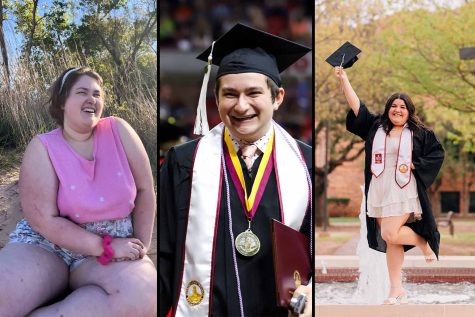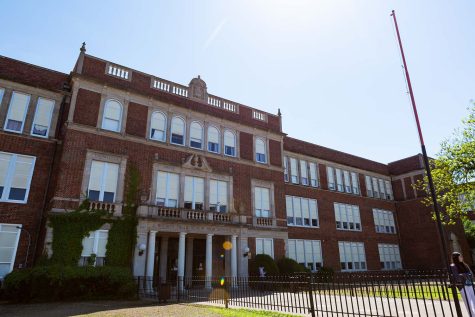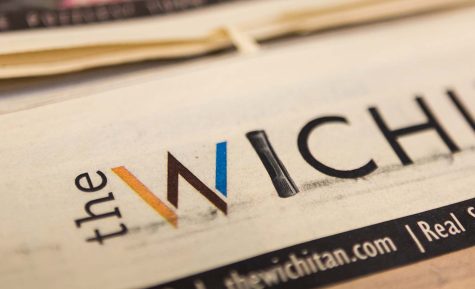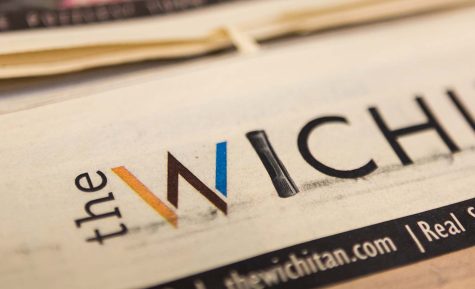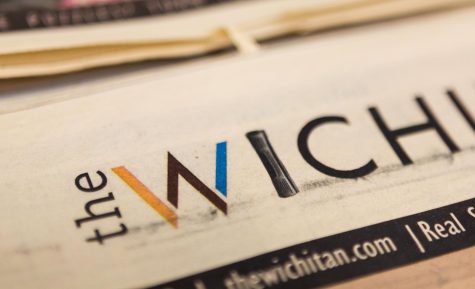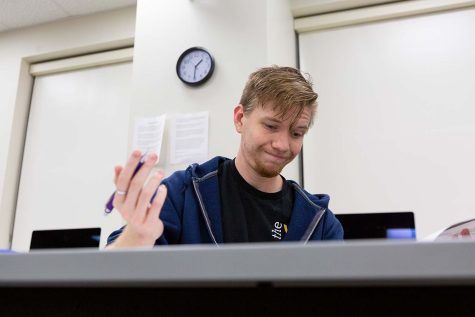Editorial: voting from an Australian perspective
October 16, 2020
In Australia, it starts in the third-grade. Children walk into the Museum of Australian Democracy located in Old Parliament House, Canberra, bright-eyed and bushy-tailed, ready to learn the ins and outs of voting in Australia. They are taken through a detail-oriented theatrical, interactive performance (women’s suffrage movement included) of the history of voting down-under. Along with education, most children on election day are in the polling booth with their caregiver, eager for the day they get to color in the little bubble and eat their democracy sausage.
In the eleventh-grade, high schools around the country dedicate two periods to enroll students. Failure to enroll and vote in an election (whether local, state, federal or referendum) is an offense under subsection 245(15) of the Electoral Act unless the elector has a valid and sufficient reason for that failure. The fine attached to this criminal offense is a steep AUD $210.
Comparing a country of 26 million people to a country of 328 million is unfair. However, the premise is comparable. Being educated to the point of excitement is critical for a more populous voter turnout. Polling locations deserve an exhilarating environment with sausage-sizzles (BBQs), smiling bi-partisan volunteers, colorful displays of democracy and be held on a weekend so citizens have time to vote.
It is a civic duty to vote, whether compulsory or not, but it is not just a duty, it should be a thrill. This is your opportunity to contribute to your country. “Ask not what your country can do for you, but what you can do for your country,” Kennedy.



